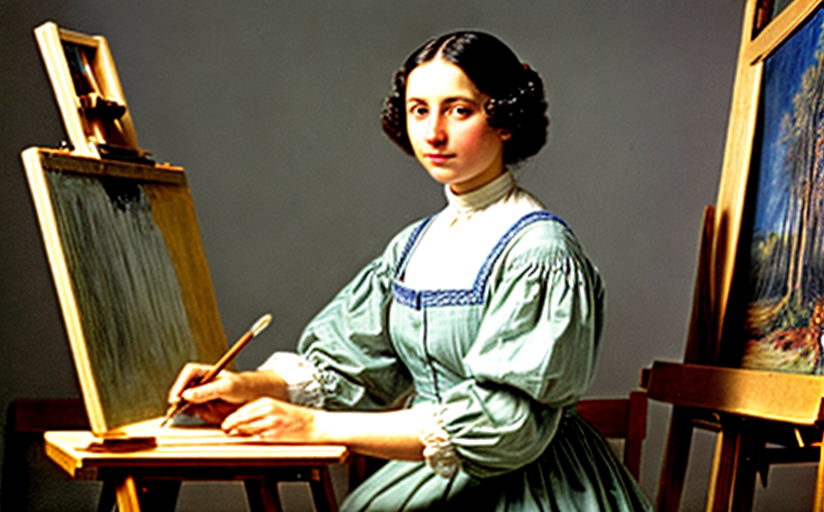Impact of Digital Technology on Traditional Art forms
The digital revolution has created an unprecedented impact on the creative sphere, transforming traditional art forms such as painting, sculpture, theater, and dance. The integration of digital elements into these areas has metamorphosed the way artists create and audiences appreciate art.
A Revolution in Artistic Expression
Among the earliest examples is the transformation in painting. Digital painting tools such as Adobe Illustrator, Procreate and other graphic design software have empowered artists to explore new modes of expression. For instance, David Hockney's digital paintings created on iPad, which were showcased at the Royal Academy, London, encapsulate this shift.
Technology vs. Tradition: A Fine Balance
It isn't all roses with the digital revolution, however. Critics argue that the essence and authenticity of traditional arts may be lost. Nowhere is this argument more vociferous than in the theater. Some purists argue that the dominance of digital technology in set design or the usage of holograms may dilute the human element and traditional charm intrinsic to the live performance.
A Breath of Fresh Air
Kudos to pioneers who balance tradition with innovation. Choreographer Wayne McGregor uses Artificial Intelligence to create dance sequences, a technique that both respects and transcends tradition. It revolutionises the dance form while keeping it relevant in the digital age, presenting a new layer of interaction for audiences to appreciate.
Sculpture: A New Dimension
On the sculpting front, digital technology has brought about a paradigm shift. Artists now use 3D printing to bring their imagination to life, a marvel which was unfathomable in conventional sculpting. An exemplar is artist Michael Hansmeyer who uses algorithms and 3D printers to create intricate columns that embody both innovation and the traditional essence of Greek Doric columns.
Art in the Digital Age: A Perspective
The paradox, terse as it may seem, is that the essence of art may be both preserved and lost with the incorporation of technology. For preservation, technology brings accessibility, opening doors to a global audience in a way traditional platforms could not. However, the risk of losing its essence is real, as there is a chance for the technology to overshadow the artistry.
In conclusion, the integration of digital technology in traditional arts is a double-edged sword. It brings immense opportunities for innovation and reaches unparalleled, but at the same time raises the question of authenticity of traditional forms. Therefore, the challenge for artists is to thaw this digital-essential dichotomy and strike a balance to ensure the relevance and survival of traditional art forms in this digital age.


















Comments
Leave a Comment